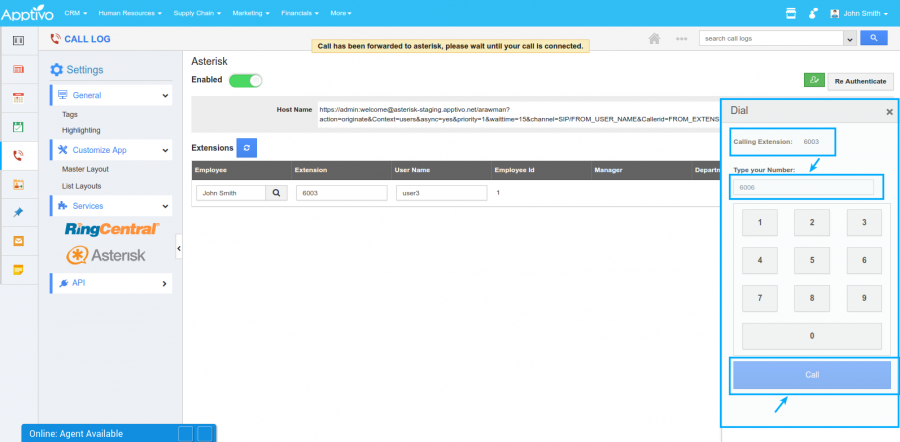
When such a relationship exists, all inbound traffic destined for Nodes on the Server Proxy Client is directed to the Server Proxy Server, which accepts and authenticates the traffic, then forwards it off to the Server Proxy Client via a direct (non-public) peering arrangement. For the purposes of explanation, the Server in the 'itinerant' location/situation will be referred to as the Server Proxy Client, and the Server that is in the Permanent/Stable location/situation will be referred to as the Server Proxy Server. In a situation like this, it is possible to set up a Proxy relationship between such a Server and a Server located in a permanent position with a permanent IP address and good connectivity.

Typical examples of 'itinerant' environments include setting up a tiny portable node in a hotel room, utilizing the Internet connectivity provided by the hotel, or having a mobile node on a mobile data network that provides connectivity via some sort of NAT arrangement. Normal operation requires farily stable IP addressing and full public access to at least UDP port 4569 (for IAX2 connectivity) to the Server. that the Server owner has no control of). Also, the form of IP connectivity available to the device may not necessarily be suitable for normal Server operation (such as being behind NAT translation, firewalls, etc. In such a situation it is certainly quite likely that the device's IP address may change quite often (perhaps even several times per hour or more). Occasionally there is a need to have an Allstar Link Server in an 'itinerant' location (one that is non-permanent and possibly even moving).


#Allstarlink sip extension autoanswer manual#
3 Manual Configuration for Server Proxy Clients.2 Portal-Based Configuration for Server Proxy Clients.


 0 kommentar(er)
0 kommentar(er)
